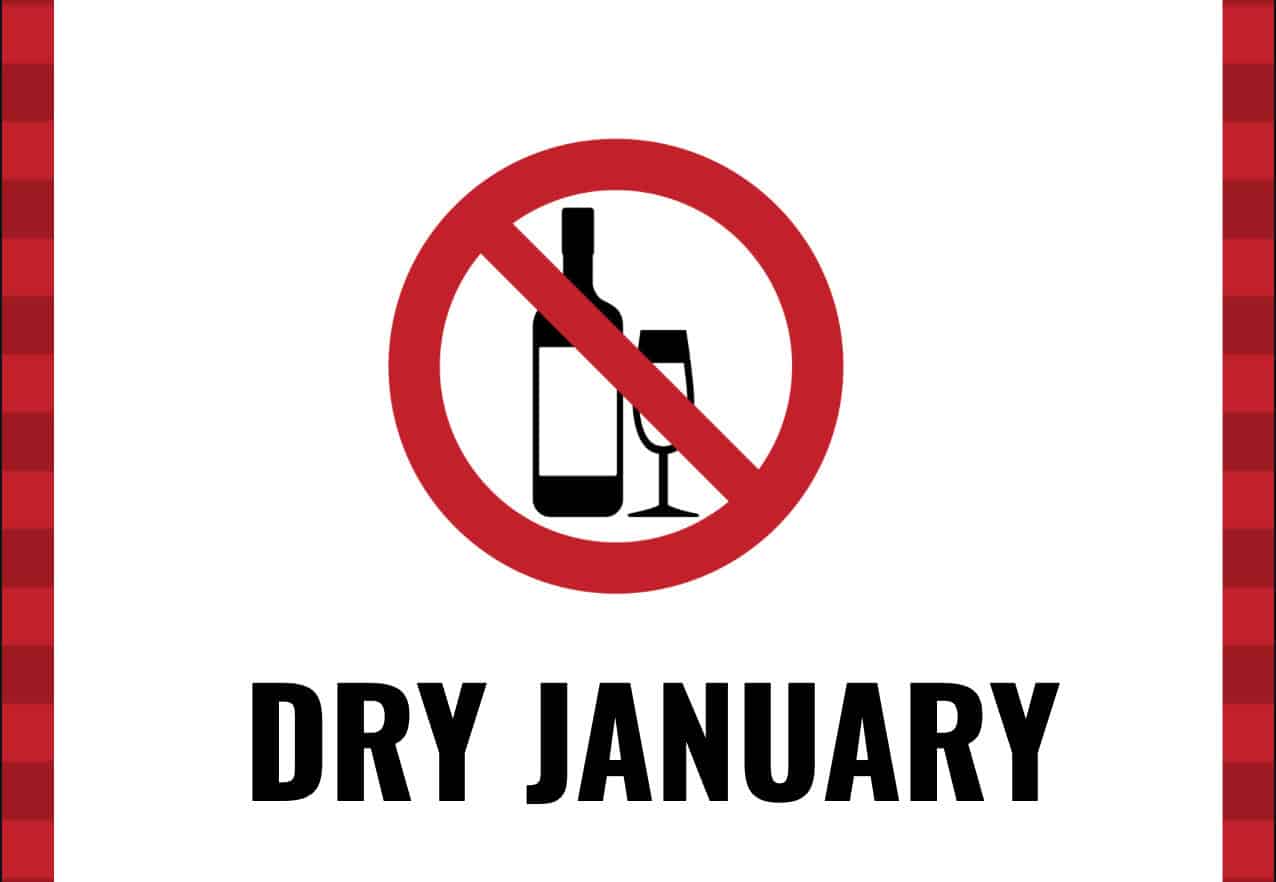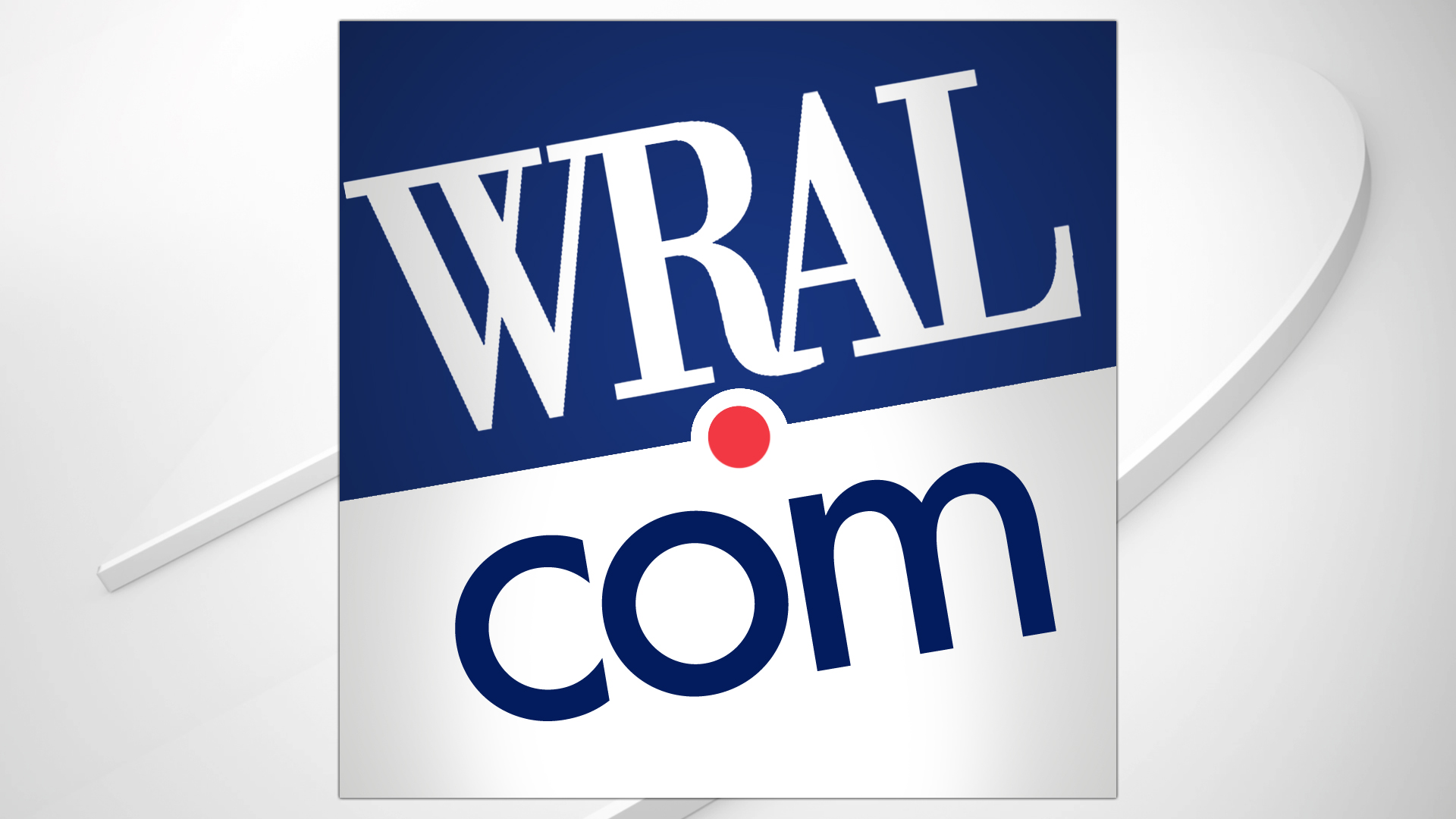[ad_1]

(NEXSTAR) – For 15 years, a federal program has existed with the intention of providing public workers like teachers, law enforcement, and those working for non-profit organizations with student loan forgiveness. Yet the overall approval rating for applicants has been low.
Lawmakers are now hoping to change the program’s effectiveness with a new bill.
The Public Service Loan Forgiveness program, or PSLF, was created in 2007 to help certain employees by forgiving their student loans after 120 payments over 10 years. The number of applicants actually having their loans forgiven has been low: Just 1 in 5 of the 1.3 million borrowers pursuing debt discharge through PSLF are on track to see relief by 2026, according to a September report by the Student Borrower Protection Center.
In 2021, the U.S. Department of Education announced a change that temporarily waives specific PSLF requirements to grant borrowers credit toward loan cancellation regardless of their federal loan type or if they had been enrolled in a specific payment plan, as long as they consolidated their debt into a Direct Loan before the end of the waiver.
Prior to the waiver, borrowers needed to have a specific federal loan — a Direct Loan — to qualify for PSLF. Borrowers could consolidate their debt into Direct Loans for PSLF, but any payments made on the loans before consolidation didn’t count toward the required tally.
This waiver is currently set to expire after October 31, 2022, meaning eligible borrowers have less than four months to apply. Richard Cordray, the head of Federal Student Aid, said at a conference earlier this year that while he is pushing for the PSLF waiver to be extended, President Biden may lack the executive authority to approve such a move.
Instead, some lawmakers hope to make the temporary changes brought on by the waiver permanent while enacting additional reforms to the program “to permanently address the concerns of PSLF applicants.”
In a recently introduced bill, dubbed the ‘Simplifying and Strengthening PSLF Act,’ Rep. Joe Courtney (D-Conn.) proposes cutting the amount of time it takes to get relief in half by reducing the number of payments needed to qualify for PSLF relief from 120 over 10 years to 60 over five years for borrowers working with an eligible employer.
If enacted, the bill would include any previous payments made on the borrower’s loans — regardless of the type of loan, their payment plan, or if payments were made in full or on time — toward the necessary payments for PSLF relief. These guidelines are largely already in place under the temporary waiver set to expire in fall.
Courtney’s bill would also expand PSLF access for active-duty military and Peace Corp volunteers who had their loans placed in deferment while they were serving. Currently, certain loan deferments are not eligible for PSLF relief.
Additionally, under Courtney’s bill, parents with PLUS loans — otherwise known as Parent Loan for Undergraduate Students — or couples who joint-consolidated their loans into a Federal Family Education Loan, or FFEL, would be allowed to re-consolidated their loans into a Direct Loan, which would then be eligible for PSLF.
As of Thursday, the bill has been referred to the House Committee on Education and Labor.
Earlier this month, the Biden administration proposed sweeping changes to the federal student loan system, including a permanent change to PSLF that would allow more payments to qualify for the program, including partial, lump-sum and late payments. It also would allow particular kinds of deferments and forbearances to count toward PSLF, and it would create a formal reconsideration process for applicants who were denied access to the program.
Brad Dress contributed to this report.
[ad_2]
Source link















